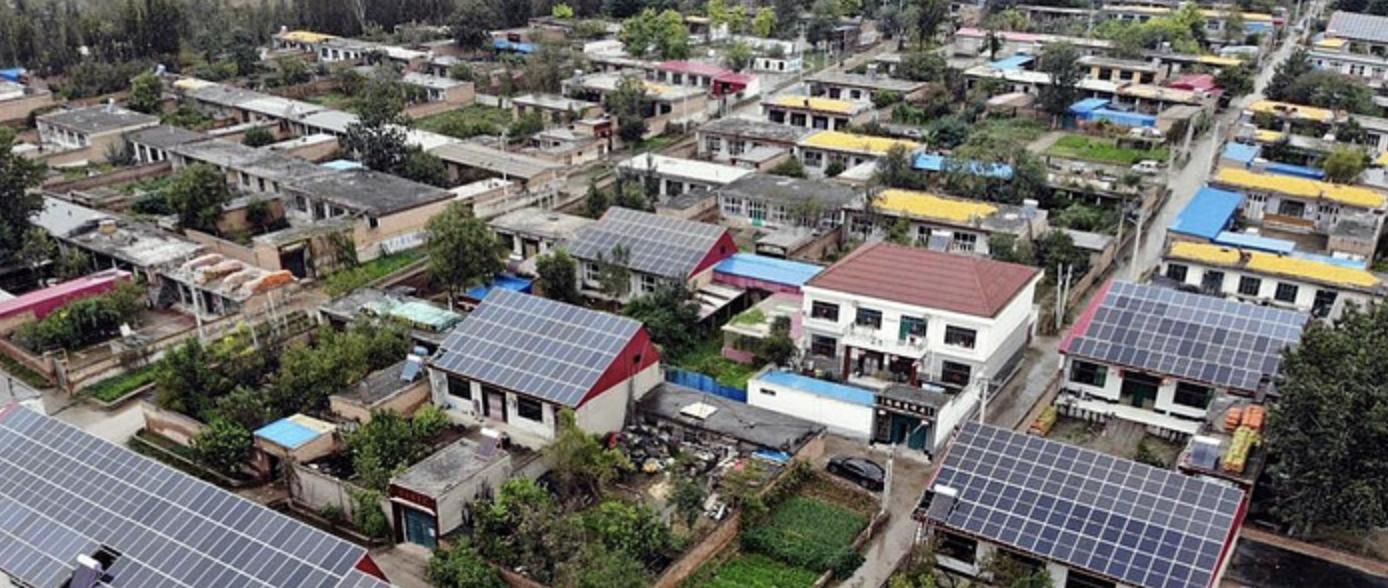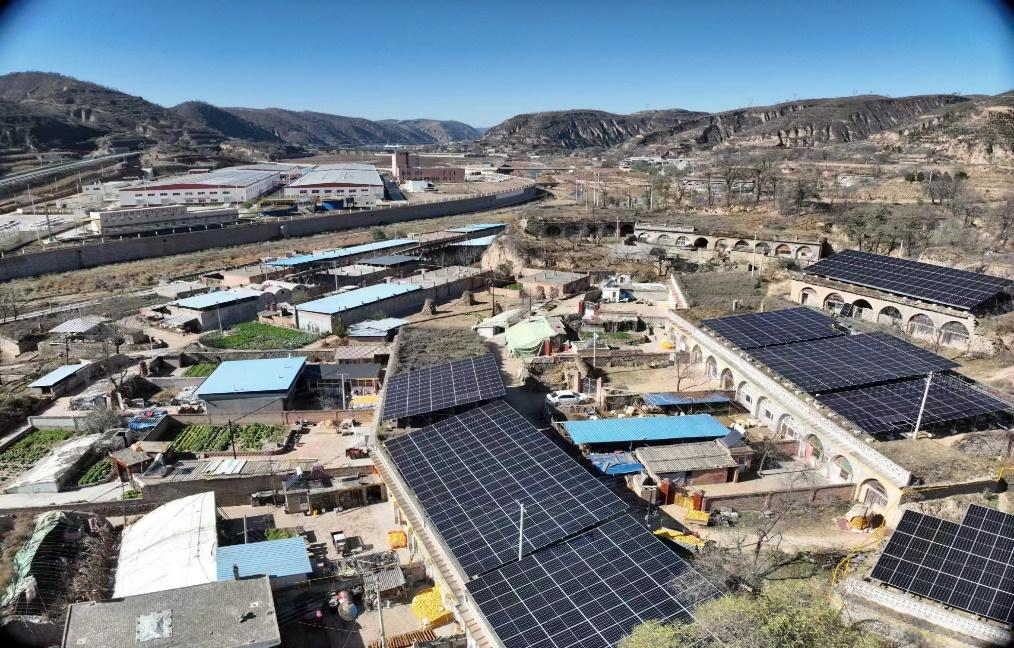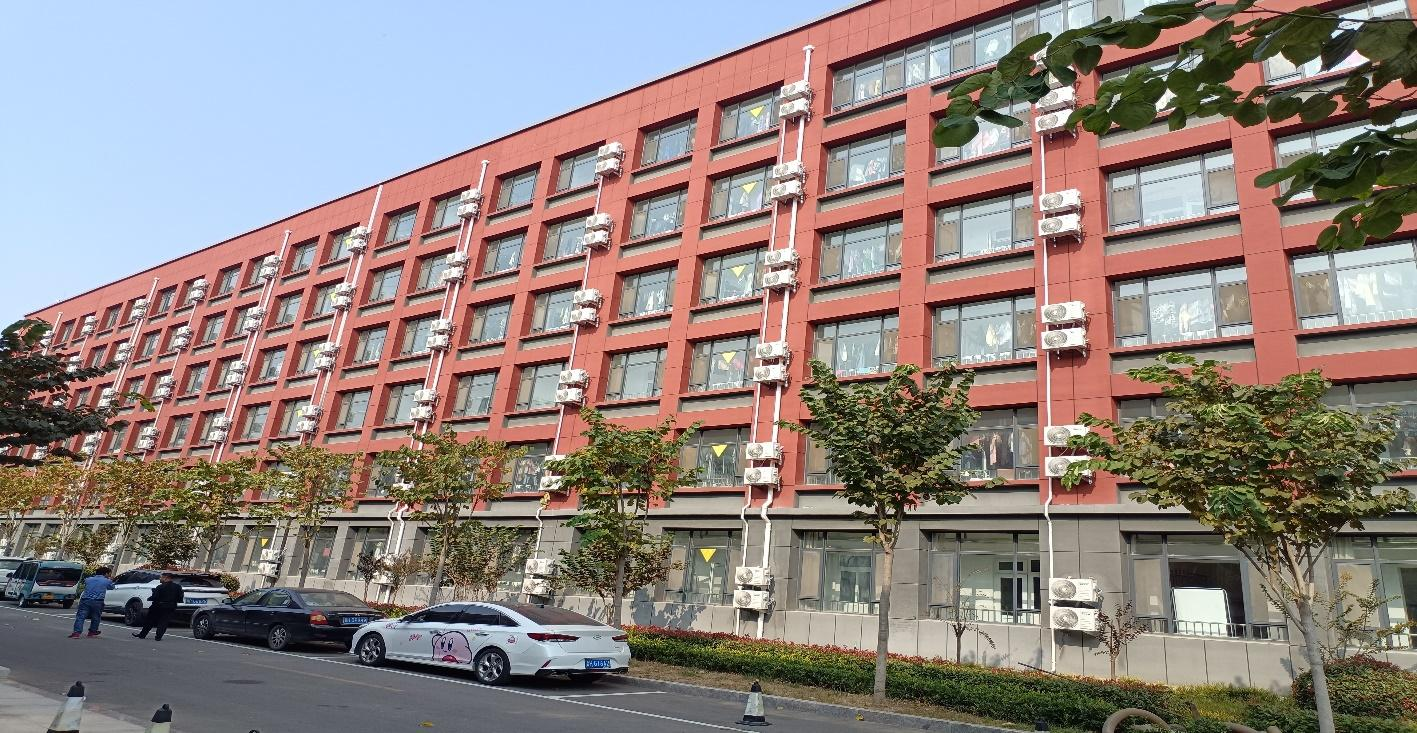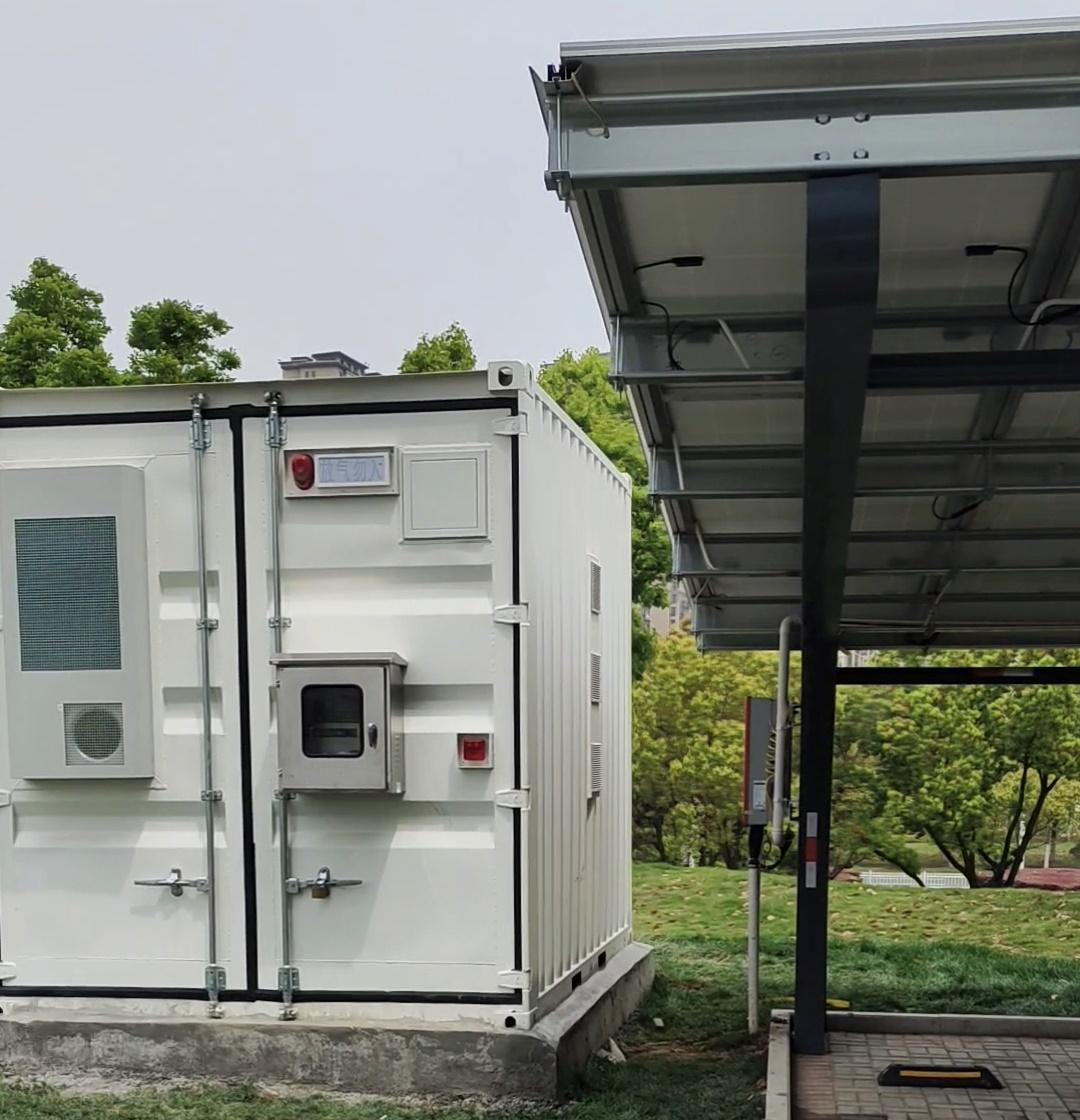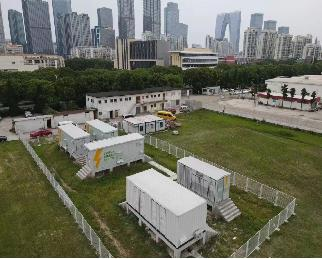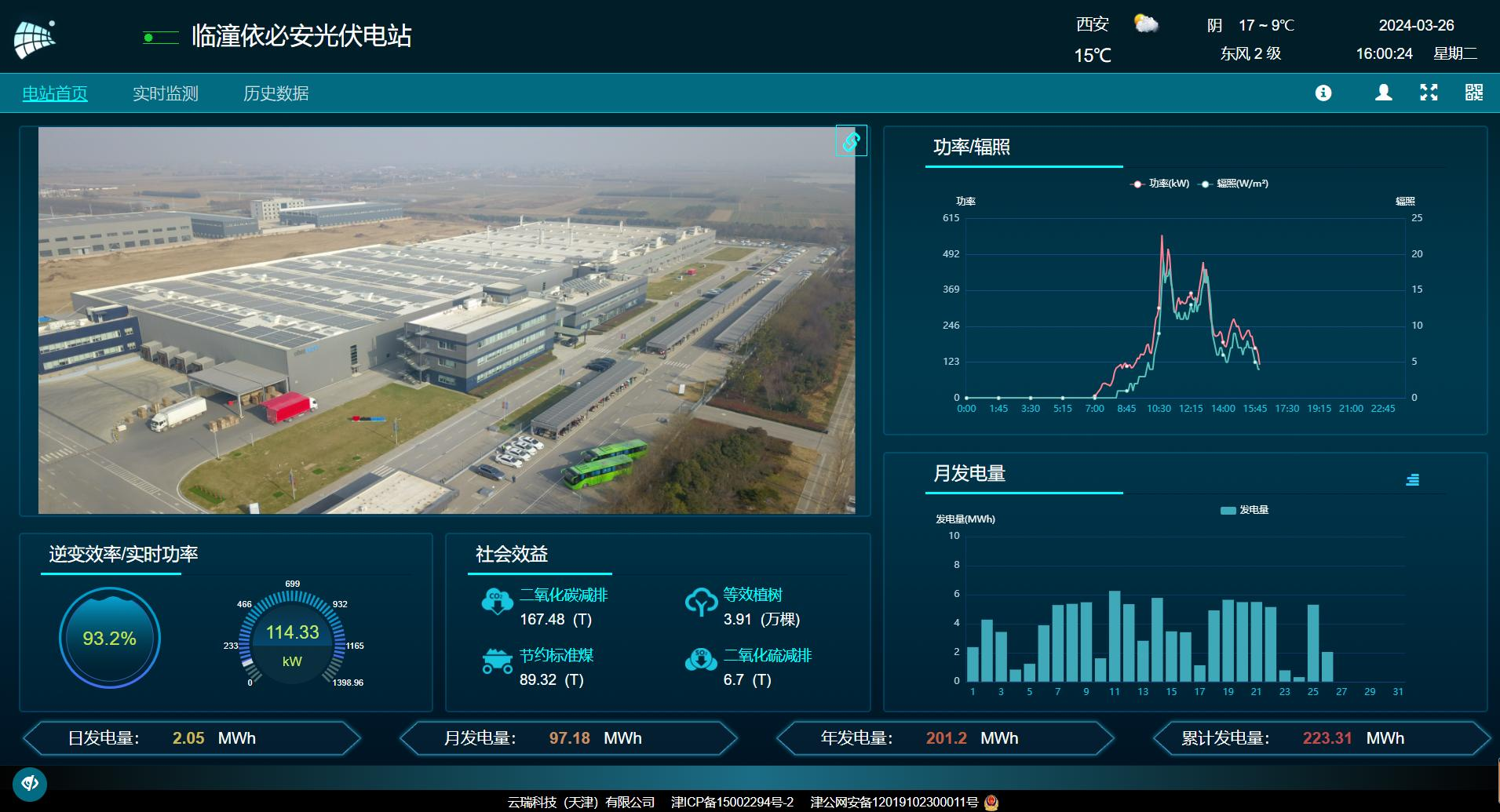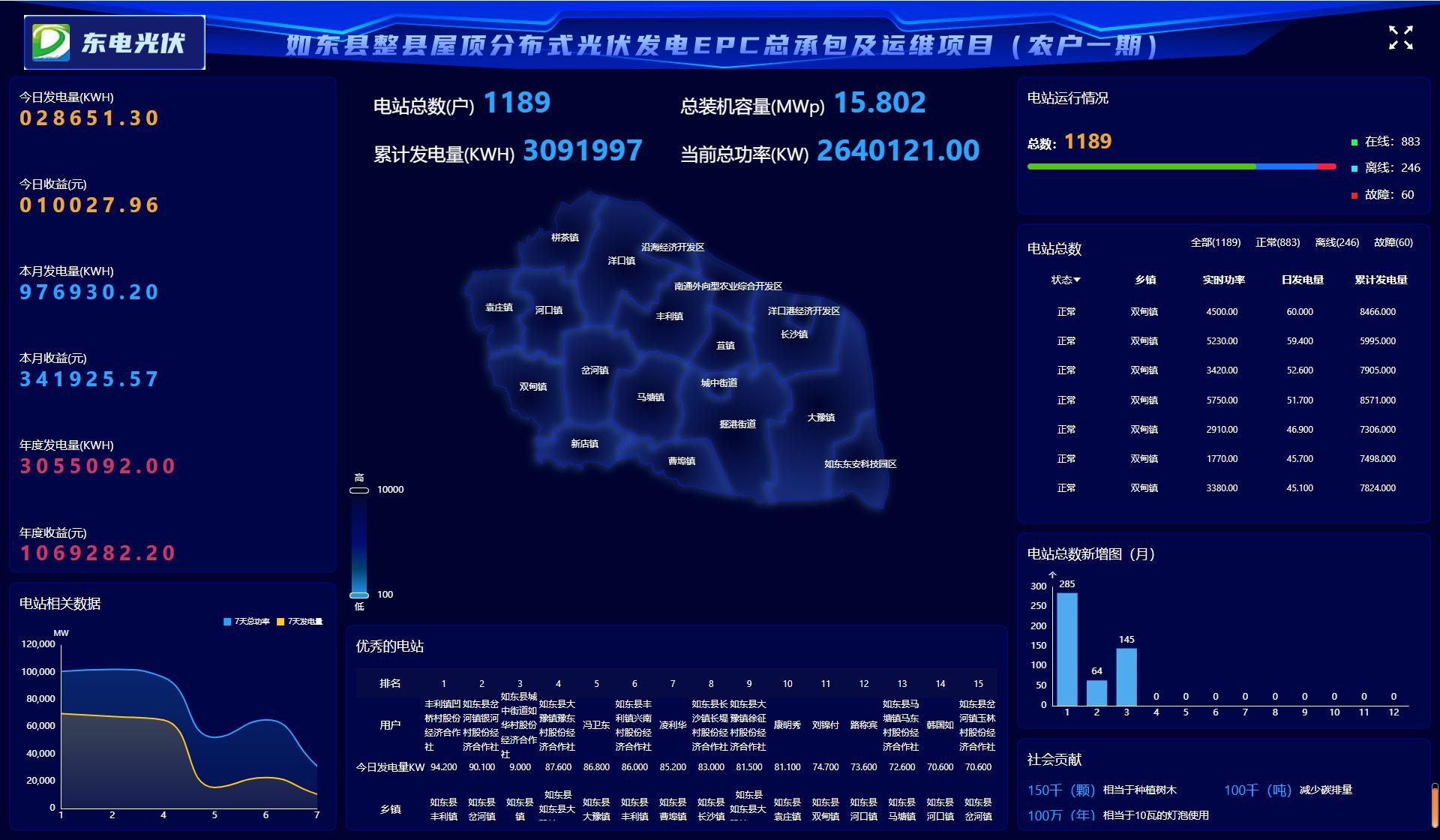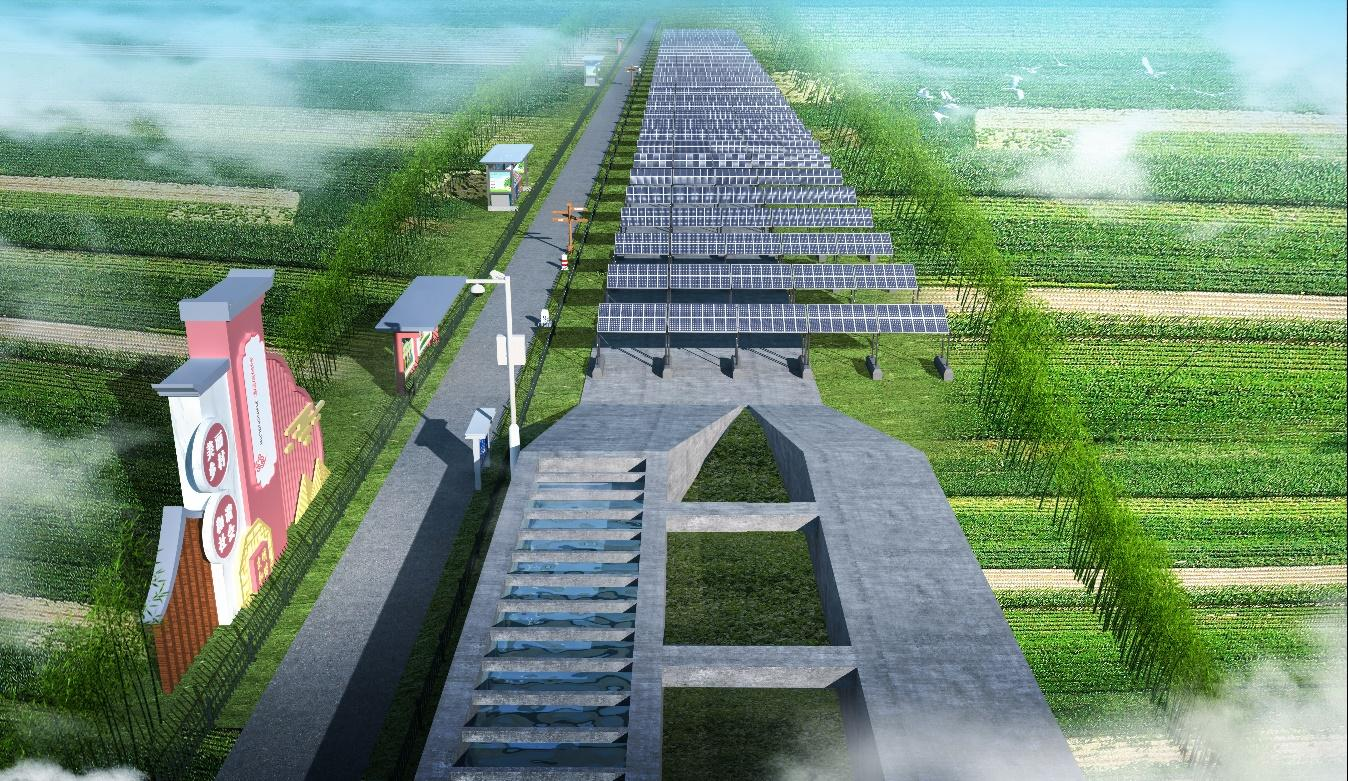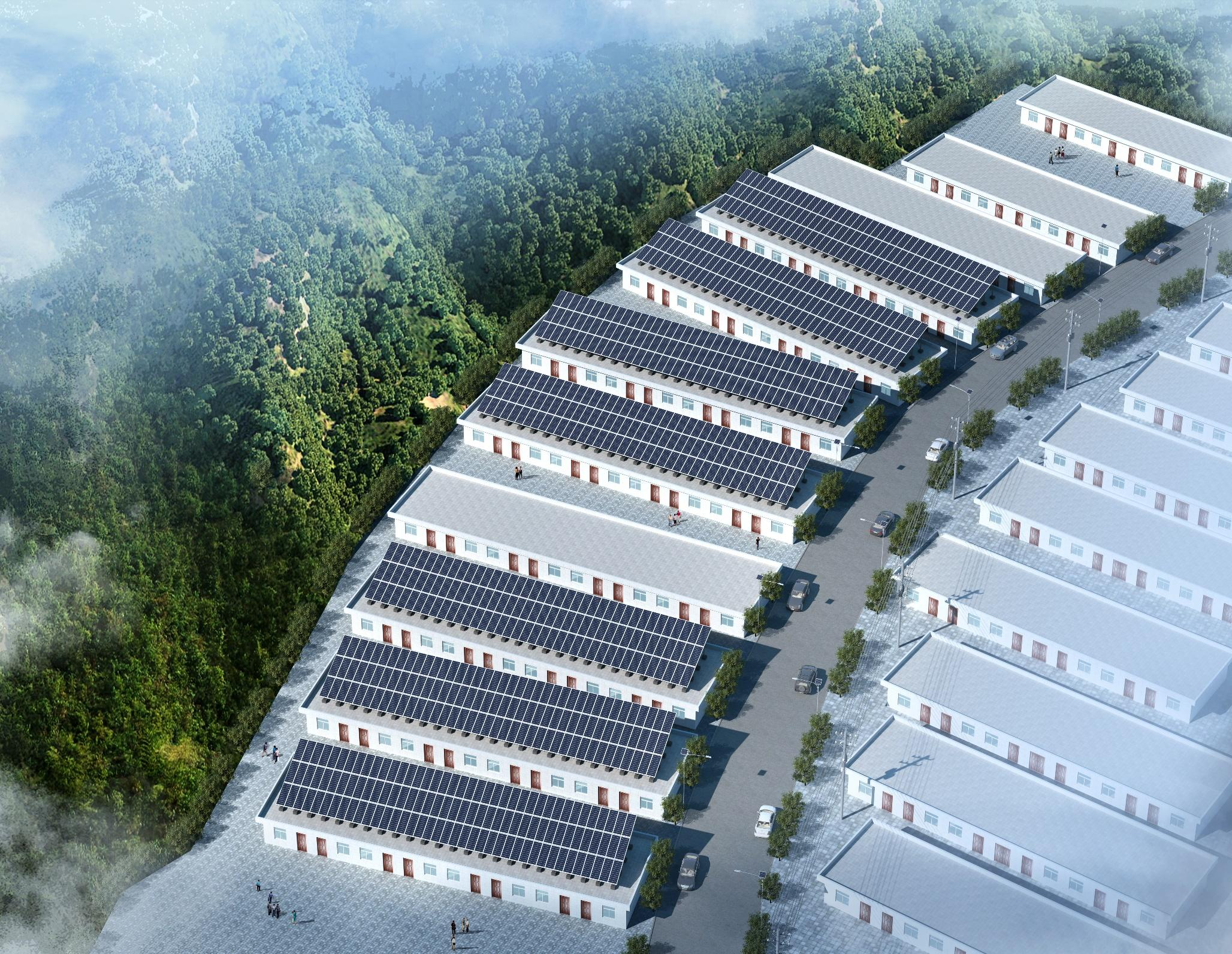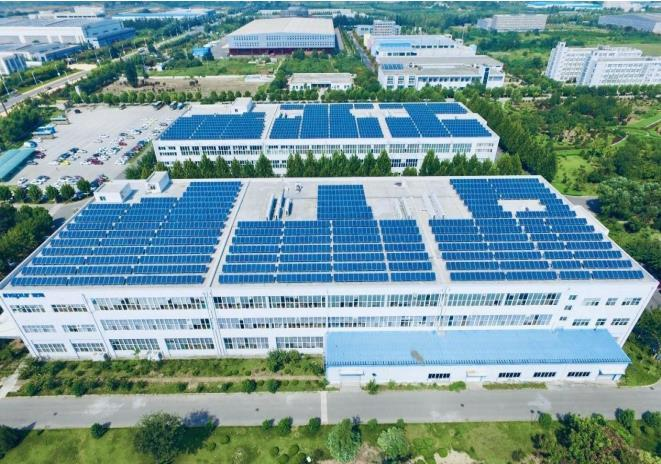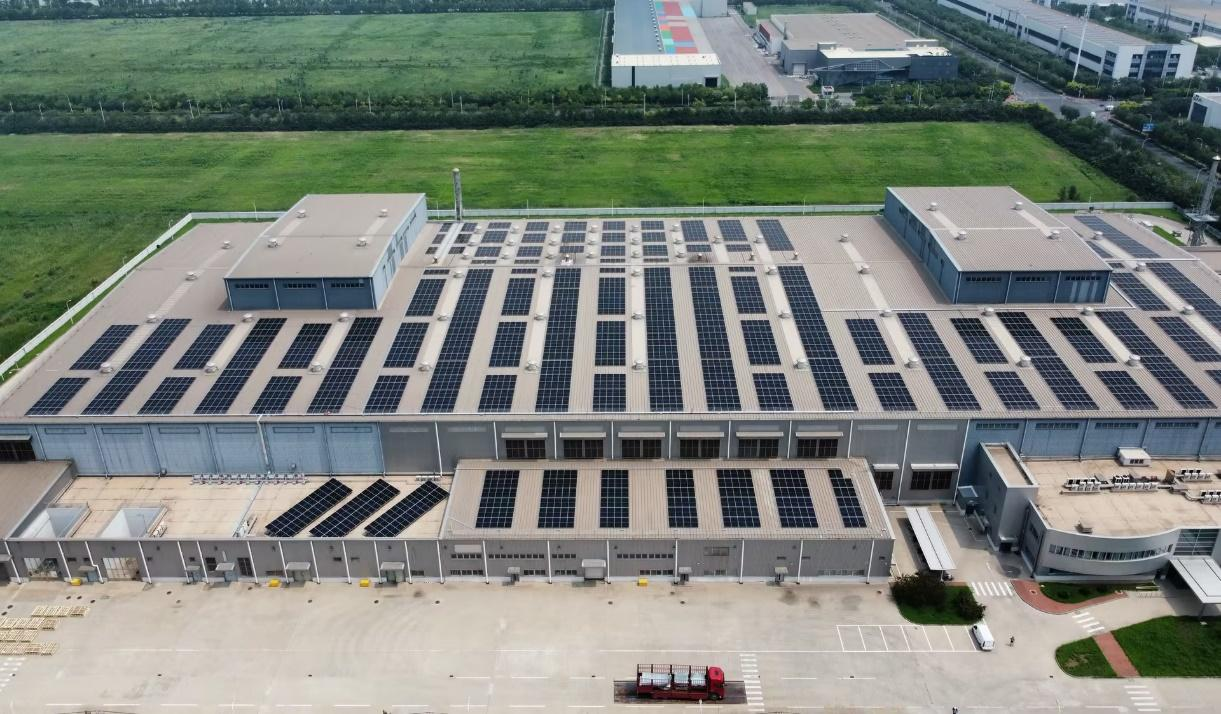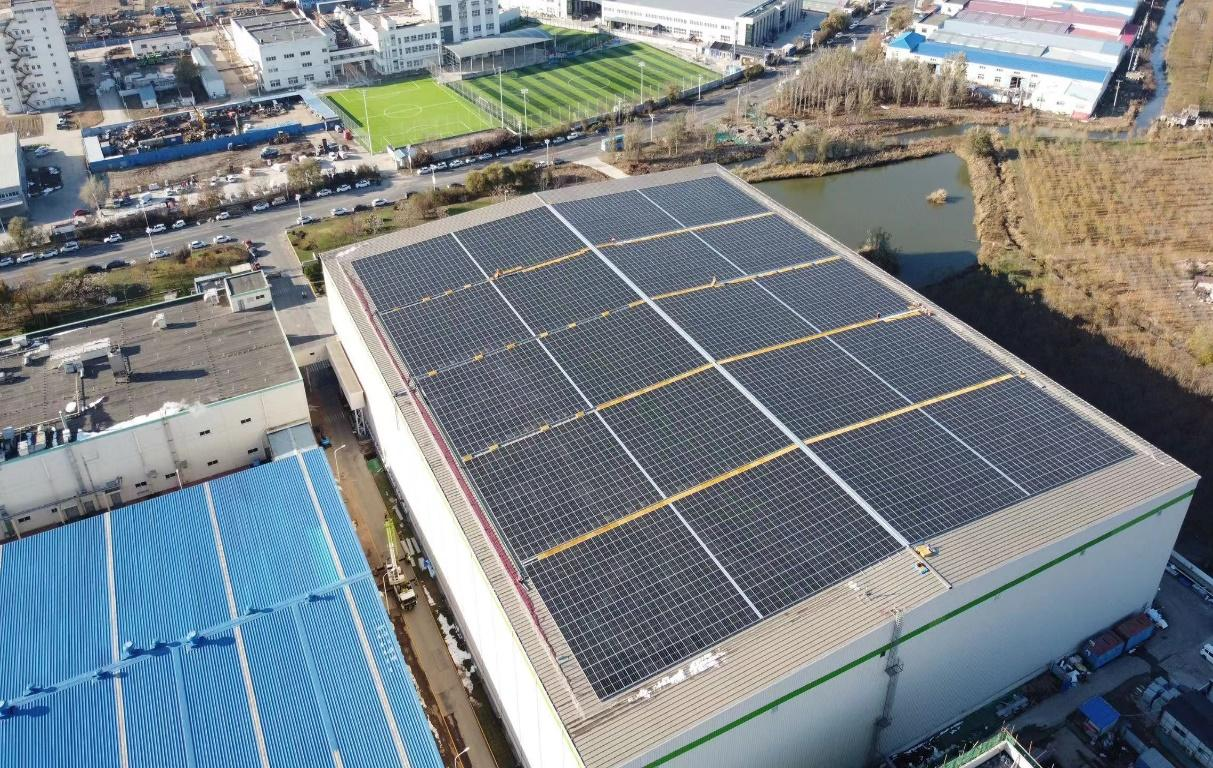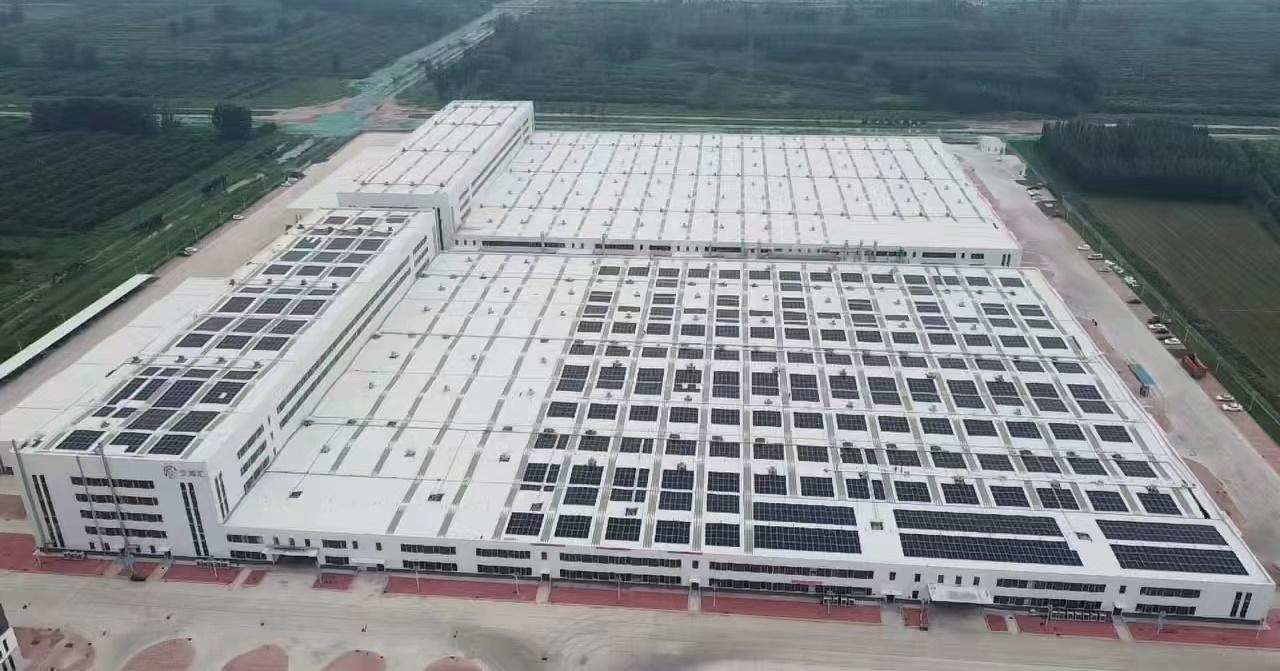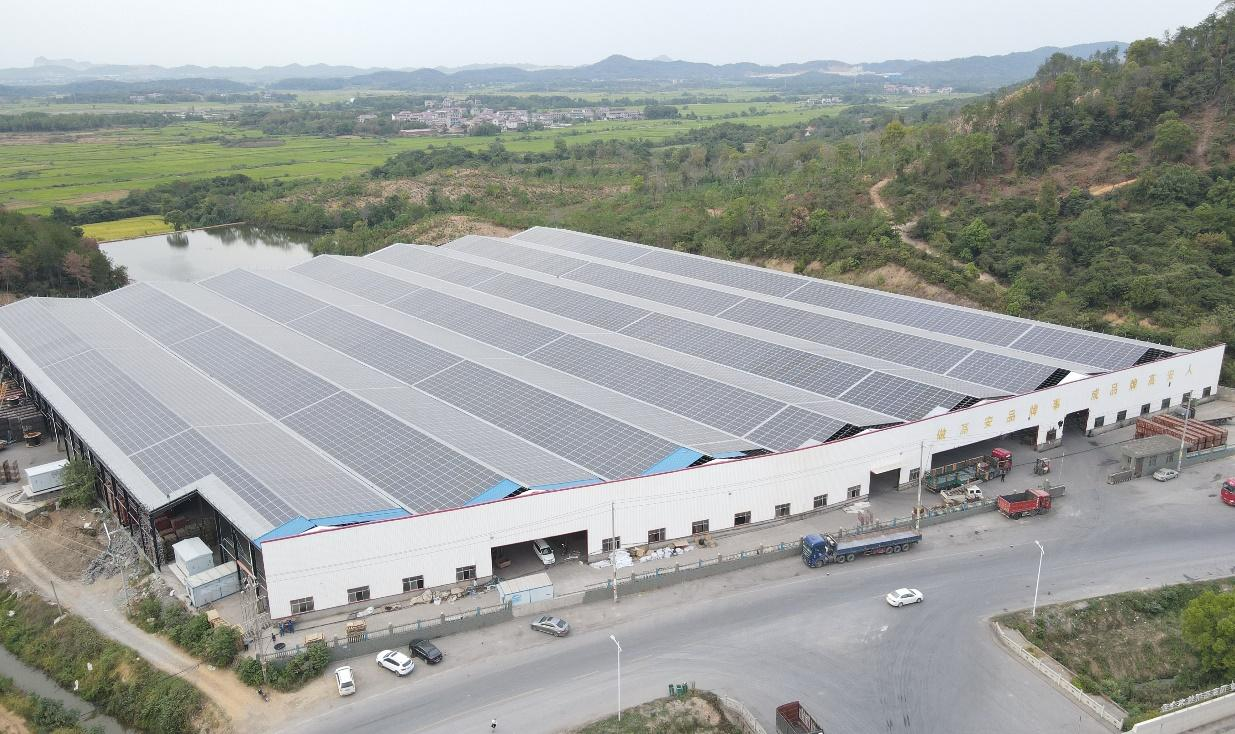Wedoany.com Report-Nov 19, Scientists at Aalto University in Finland have demonstrated a one-step encapsulant method for perovskite solar cells that provides shielding from oxygen and moisture-induced degradation and a significant relative improvement in efficiency.
A Finnish team used a one-step method for polydimethylsiloxane encapsulated perovskite solar cells that simultaneously provide anti-reflective light management and shielding from oxygen and moisture-induced degradation. The encapsulated devices showed an 8% relative improvement in power conversion efficiency compared to a control device, and also passed several standard stability tests.
The team from Aalto University and Tampere University said that its flexible encapsulant technology is suitable for both rigid and flexible solar cells in a wide range of applications. “Given that perovskite solar cells often encounter optical losses and suffer from instability, our study showed simultaneous encapsulation and patterning of the front surface of the solar cells could address both issues. This form of encapsulation is versatile, as it can host different patterns, providing significant flexibility and adaptability,” first author Seyede Maryam Mousavi told pv magazine.
The research team specified an “ideal” PSC encapsulation should address both optical losses and instability issues. Moreover, it should be a material that does not require high-temperature processing, ultraviolet (UV) curing, or overly intricate techniques.
It chose polydimethylsiloxane (PDMS) to coat the entire surface and sides of perovskite solar cells. Their front-facing surface was in situ-patterned using a soft lithography technique to reduce reflection and increase haze. The encapsulation was performed by dipping the cells in a mixture of PDMS with a monomer-to-curing agent volume ratio of 5:1. The soft-lithography method drew on leek leaf replica surface research that had demonstrated promising optical and self-cleaning properties.
The cells were fabricated with a spin coater and based on a triple-cation mixed-halide perovskite known as FAMAC, following a protocol established in earlier research. “The cells were then sandwiched between a glass coverslip from the gold electrode side and a negative antireflective mold from the bottom (glass side) of the substrates, and the edges of the substrate were covered with 0.5 mL of PDMS,” said the researchers.
The team carried out stability tests based on ISOS protocol. The test of the encapsulant’s ability to mitigate oxygen and humidity-induced degradation under standard light-dark cycling tests revealed that 80% of the initial performance was maintained for the encapsulated devices after 360 h. Furthermore, the encapsulated devices kept their initial performance after 90% relative humidity and water immersion tests.
A field test indicated further effective protection. “The outdoor exposure test showed no degradation for the encapsulated cells after 24 h of resting at -17 C and maximum wind speeds of 7 m/s on average,” the researchers said. The target devices had a power conversion efficiency increase from 14.1 % to 15.6%, which the team noted was an 8% relative improvement compared to reference devices.
“This research establishes in situ encapsulation and patterning as a promising solution for reducing optical losses and extrinsic instabilities in perovskite solar cells,” observed the team. “Our one-step method provides shielding to PSCs from oxygen and moisture-induced degradation as well as in situ patterning for light management.”
The Finnish team continues to work on sustainable solutions for perovskite solar cells. “Our core focus is on improving their recyclability and stability, continuing our pursuit to make a tangible impact in enhancing the sustainability and recyclability of these cells within academia and industry,” said Mousavi. “As a team, we're always on the lookout for opportunities to commercialize or transfer our technology to the industry. We warmly welcome collaborations that can translate our research from the conceptual stage to practical applications.”
The novel encapsulation technique was introduced in the paper, “Addressing the efficiency loss and degradation of triple cation perovskite solar cells via integrated light managing encapsulation,” published in Materials Today Energy.

